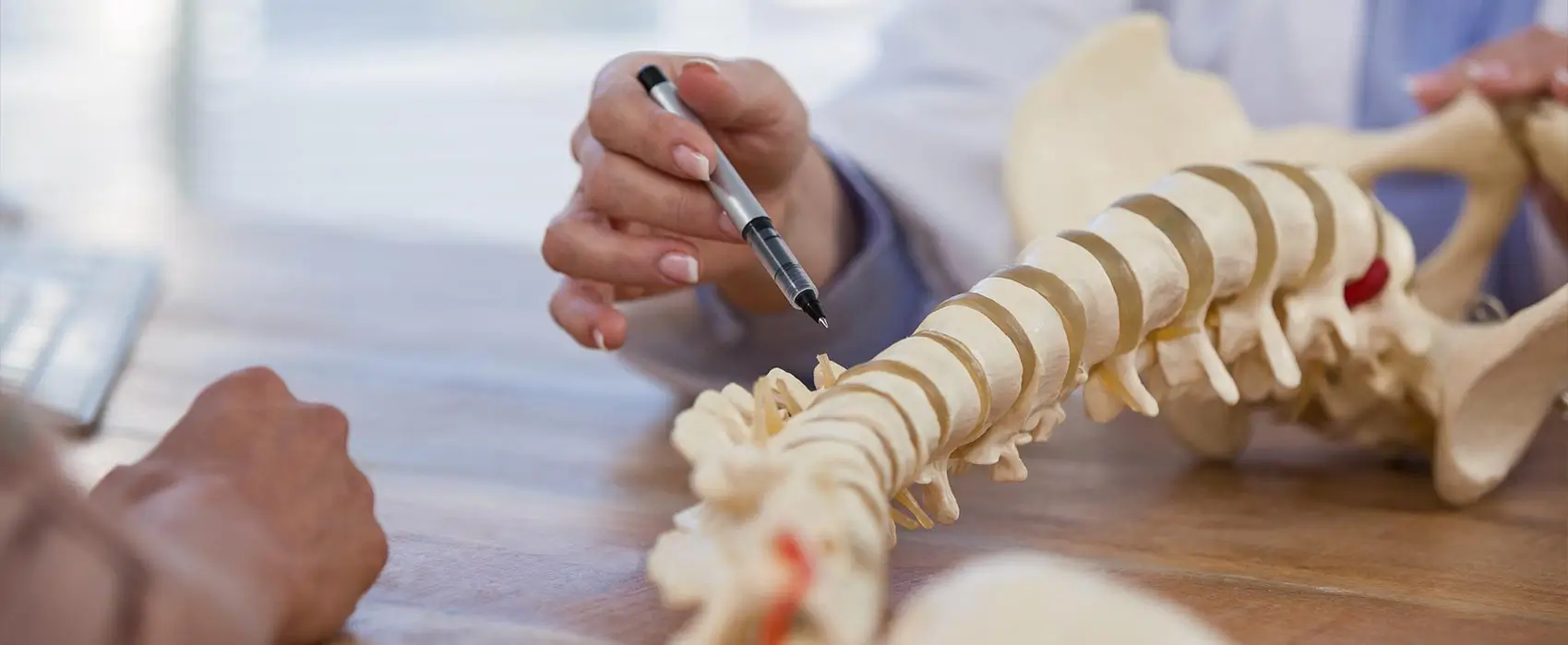Cervical, Thoracic, and Lumbar Medial Branch Blocks
Medial branch nerves are the tiny nerve branches that communicate pain caused by the facet joints in the spine. Blocking these medial branch nerves with an anesthetic temporarily stops the transmission of pain signals from the joints to the brain, providing valuable insight into the source of your pain and helping your doctor develop a plan for long-term relief.




